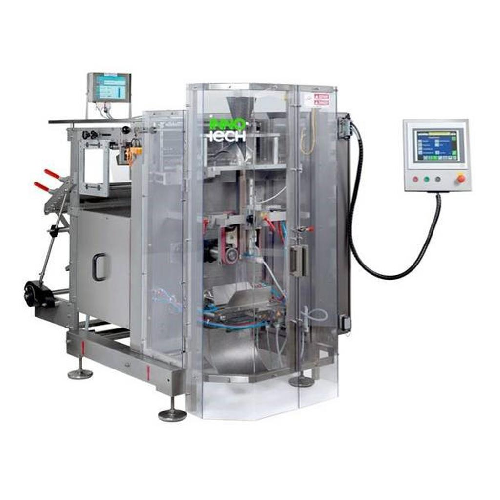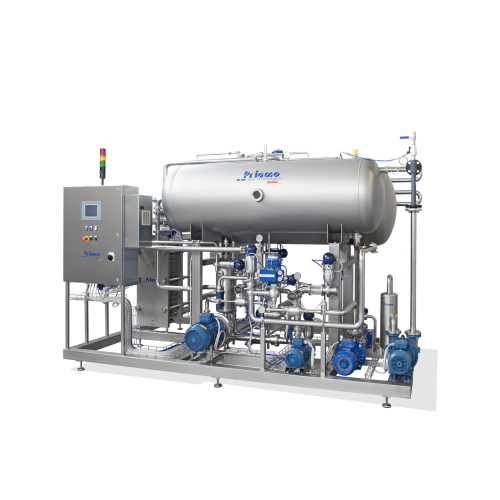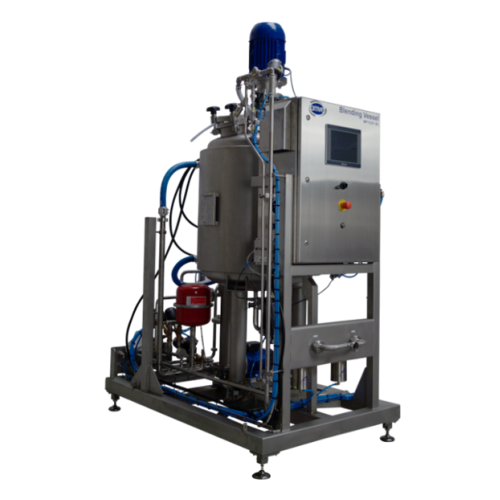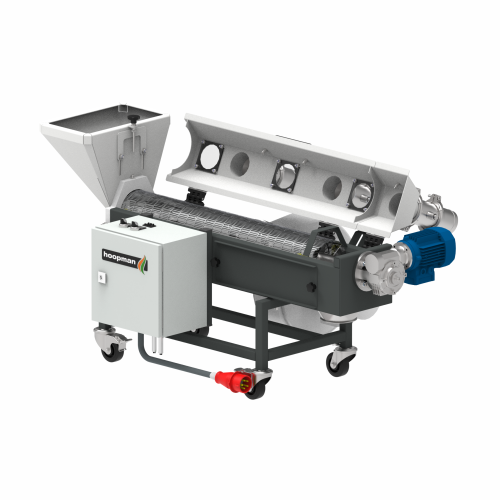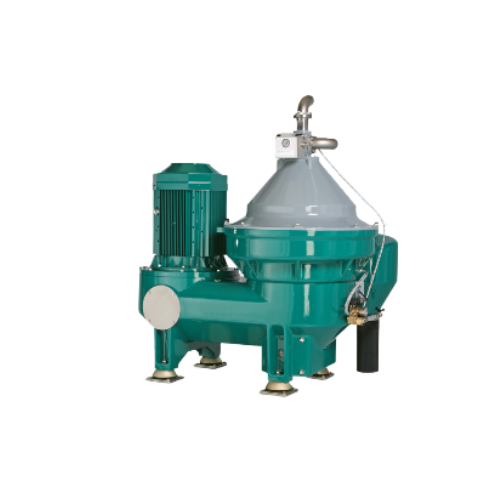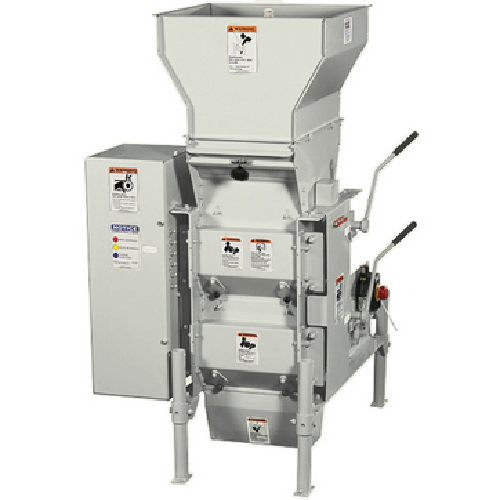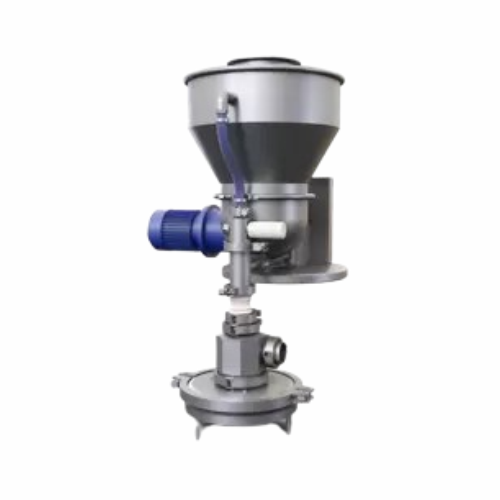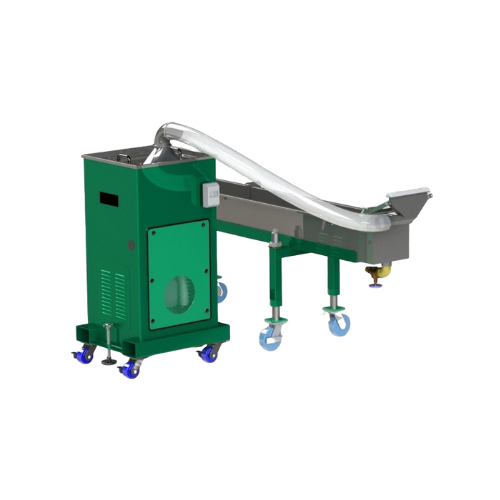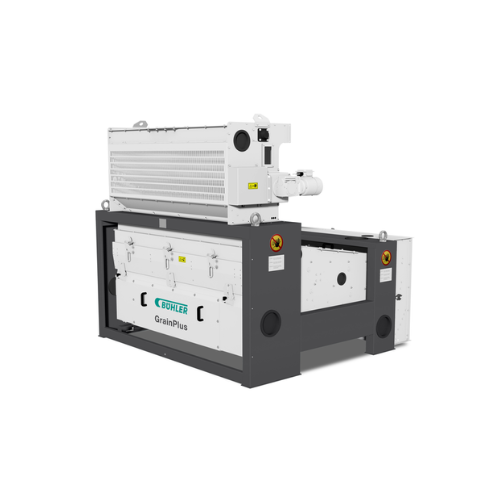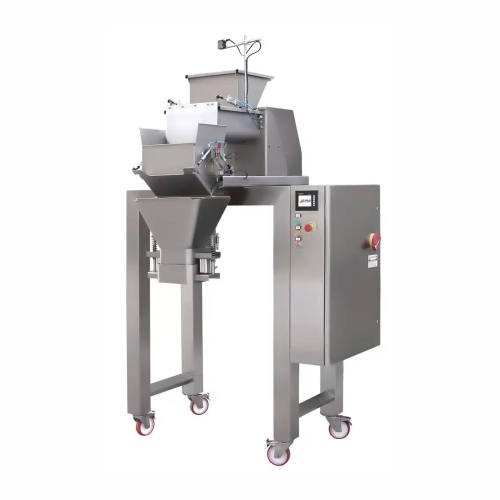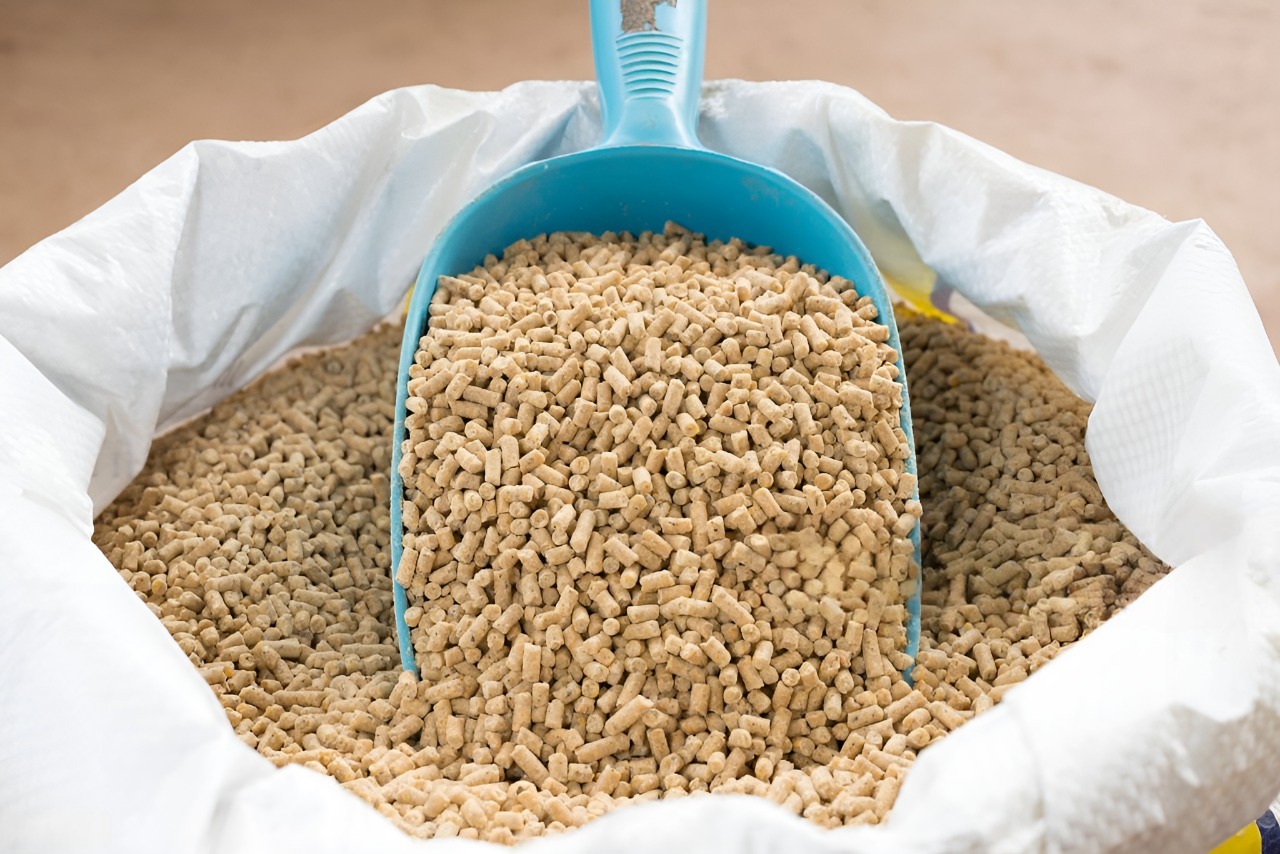
Compound feed
Find innovative production technology for making compound feed and connect directly with world-leading specialists
Let's navigate the complex world of engineered-to-order production technology together. Whether you're building a new process or optimizing an existing line, our platform connects you directly to the experts who can help. Use our curated catalogue to dive straight into the technologies that match your production goals. We continuously map out how production technology from suppliers around the world can help solve real production challenges. If you find something interesting, we introduce you directly to the specialists who know how to implement it. With more than 600 trusted machine manufacturers and over 20.000 technical experts in our network, you’re never far from the answers you need.
Tell us about your production challenge
Processing steps involved in compound feed making
Which compound feed technology do you need?
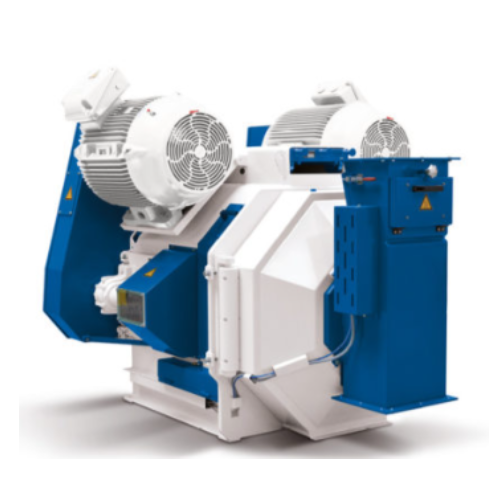
Pellet mill for high efficiency animal feed production
Achieve stable, vibration-free pellet production with enhanced ene...
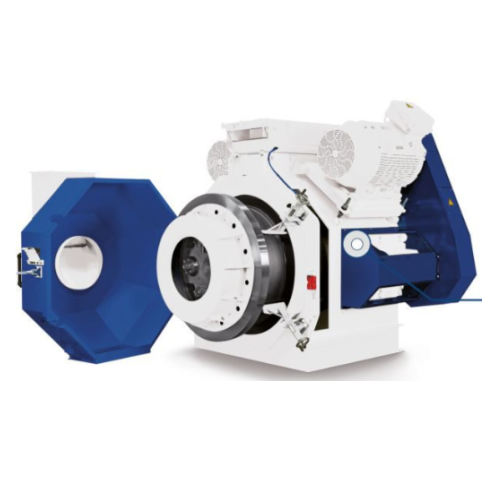
Pellet mill for animal feed production
Optimize your feed production with a robust pellet mill designed to enhance the dura...
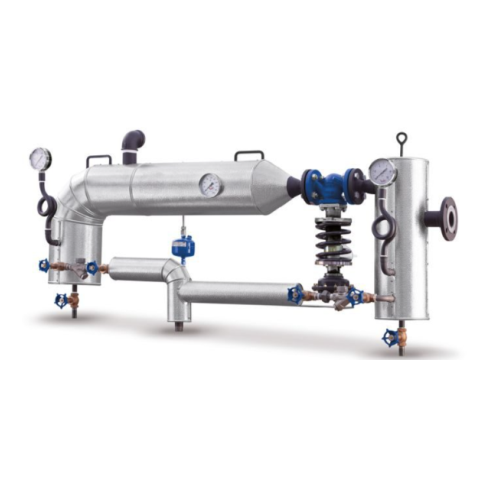
Steam injection systems for animal feed production
Enhance product quality in animal feed production with steam injection...
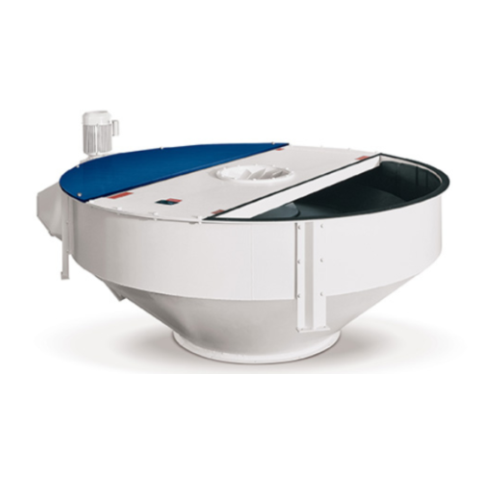
Cryloc rotary screens for grain processing
Efficiently sort and separate fine particles with high precision to enhance pro...
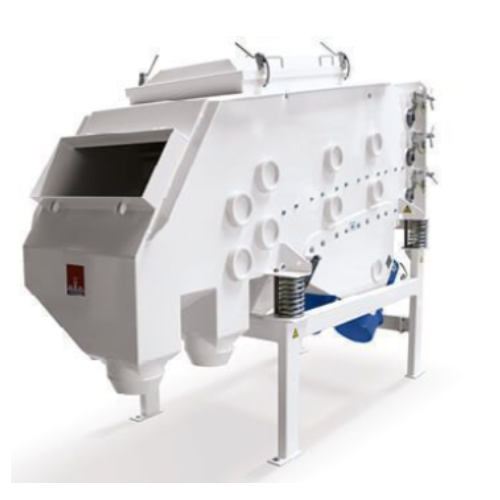
Industrial vibrating sieves for pellets and fine particles
Optimize feed quality and material flow in your production li...
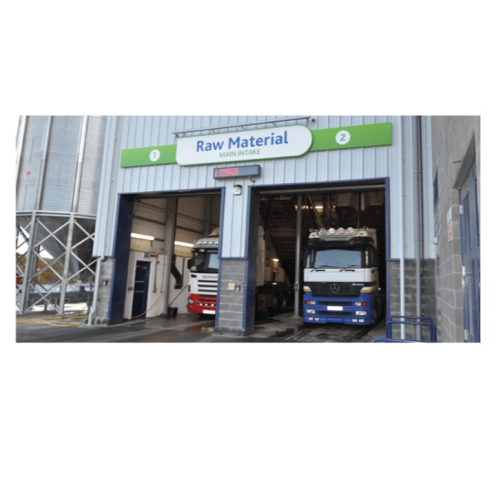
Product intake solutions for feed processing
Optimize your feed production with efficient material intake systems, ensurin...
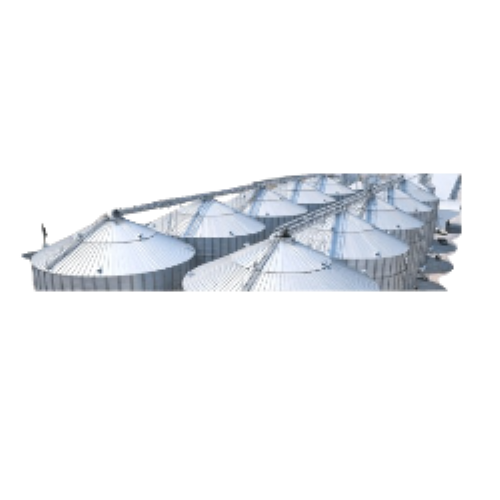
Cylindrical storage silos for long-term raw material storage
Efficiently store bulk raw materials for extended periods w...
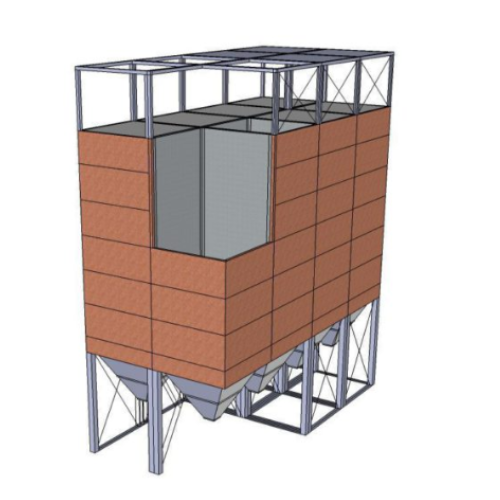
Square silo for bulk goods storage
Maximize your storage efficiency by 25% with square silos, uniquely designed for effecti...
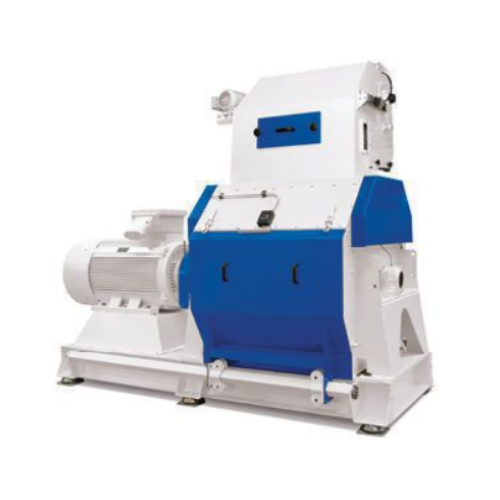
Hammer mills for high-efficiency grinding in feed production
Optimize your feed production with high-efficiency grinding...
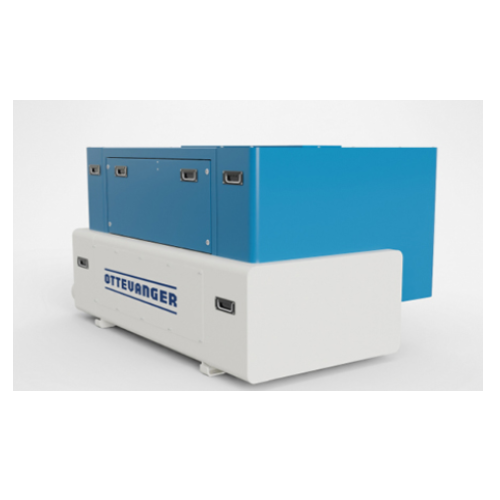
Grain flow regulator for roller mills
Achieve consistent grain distribution and safeguard your roller mills from wear and c...
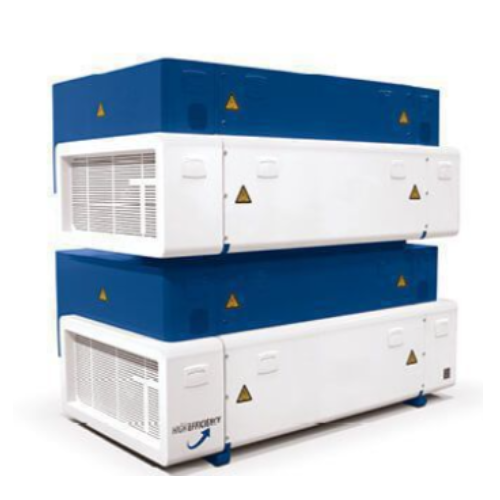
High efficiency roller mill for grain and oilseeds
Optimize your crushing and grinding processes with a versatile roller ...
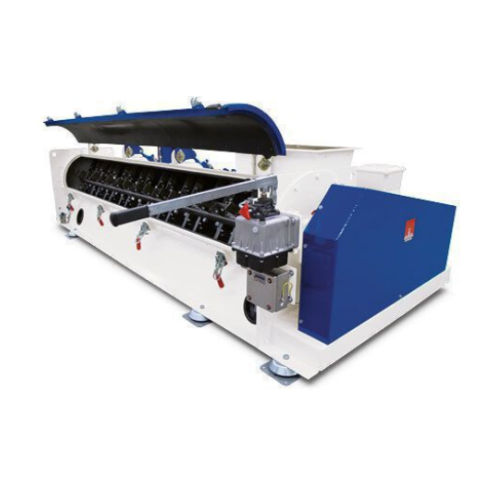
Continuous mixers for feed mill applications
Optimize your liquid incorporation process with continuous mixers that ensure...
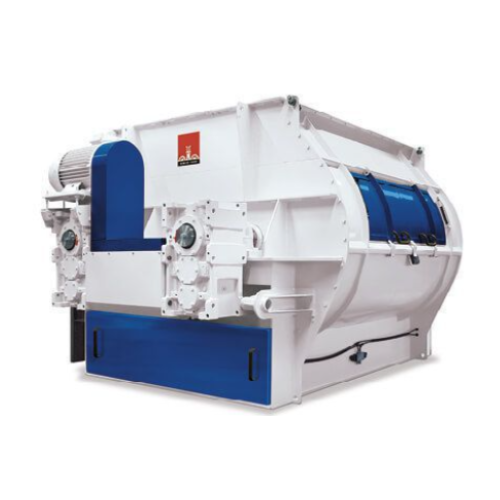
Double shaft paddle mixers for industrial powders and granulates
Achieve precise mixing and homogenization of dry powder...
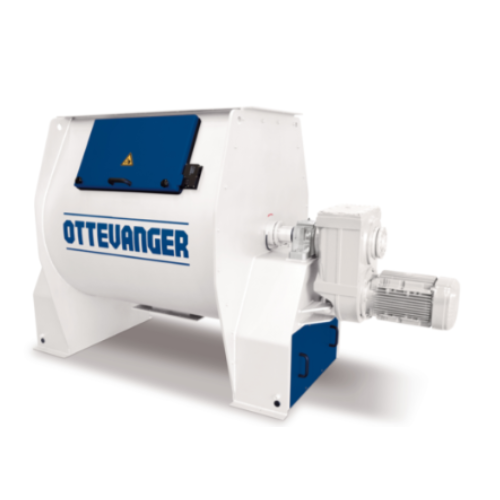
Horizontal ribbon mixers for animal feed production
Experience precise and efficient mixing with low energy consumption f...
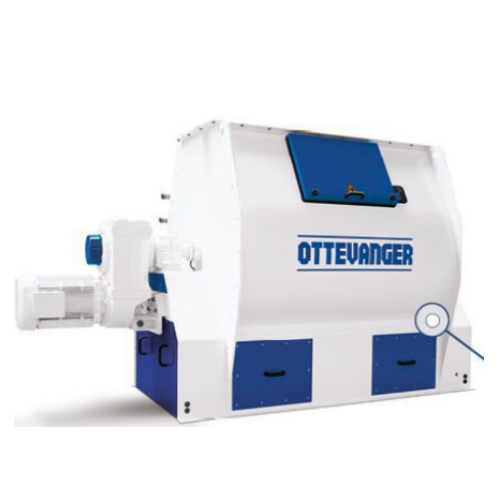
Single shaft paddle mixers for dry powders and granulates
Achieve uniform and precise mixing for your batch processing n...
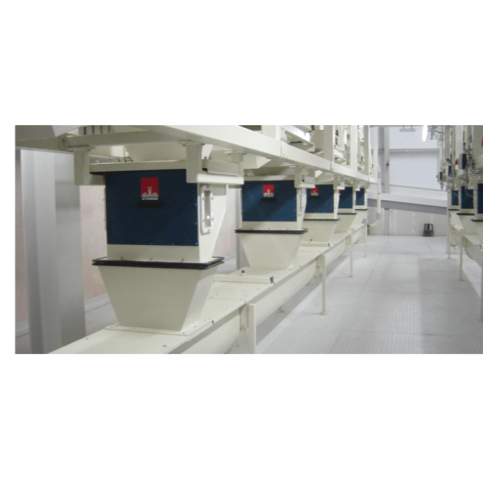
Inline and continuous weighers for accurate product flow management
Maintain precision and efficiency in your productio...
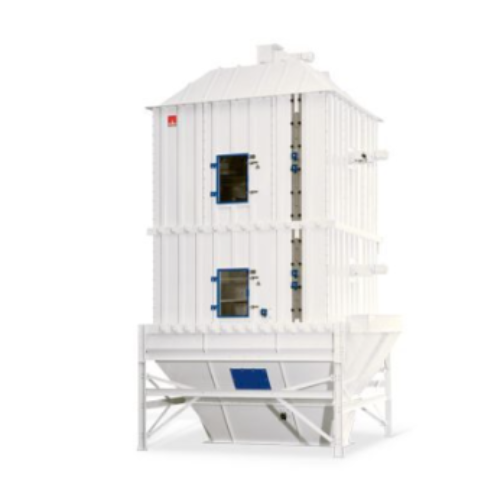
Counterflow pellet coolers
Optimize temperature control and enhance product integrity in your feed production line with prec...
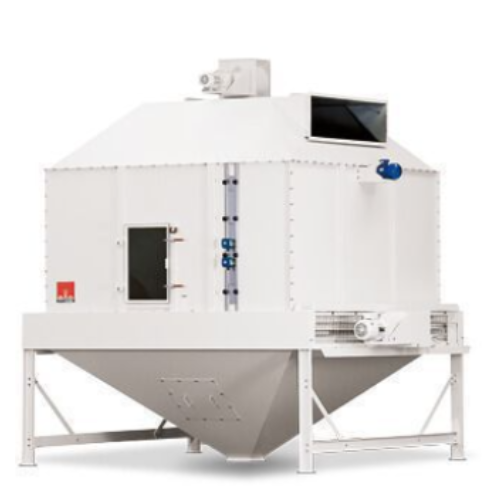
Counterflow dryer for pet food and fish feed
Optimize moisture control and enhance feed quality with efficient drying, cru...

Industrial control panel construction
Streamline your production line with advanced panel building solutions that enhance a...
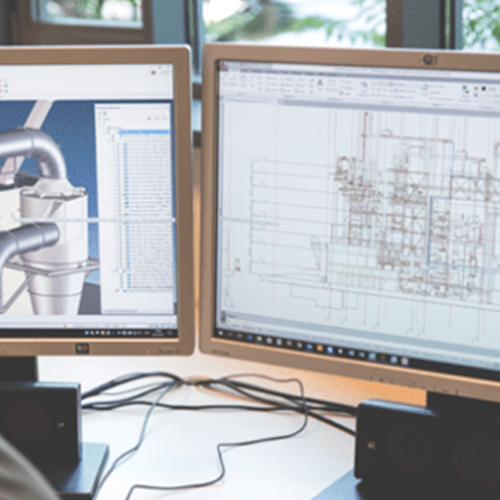
Process automation for feed mills
Optimize your feed production line by seamlessly integrating advanced process automation ...
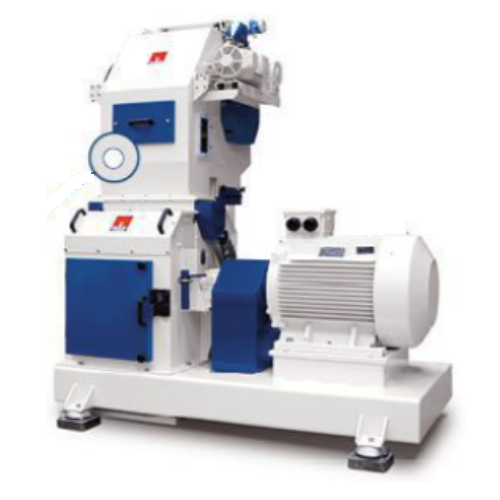
Industrial hammer mill for granulate grinding
Optimize the grinding process in feed production with a high-efficiency solu...
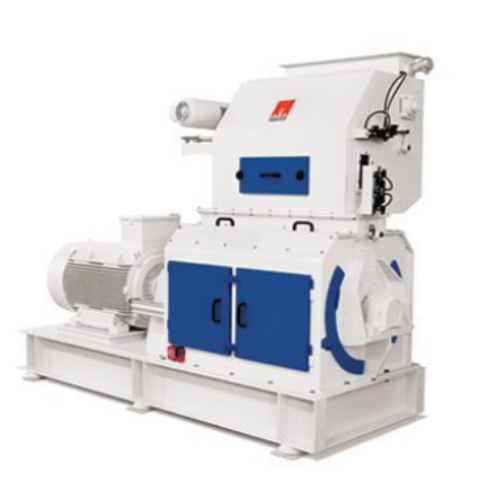
Hammer mill for efficient particle size reduction in feed mills
Optimize your feed milling operations with this hammer m...
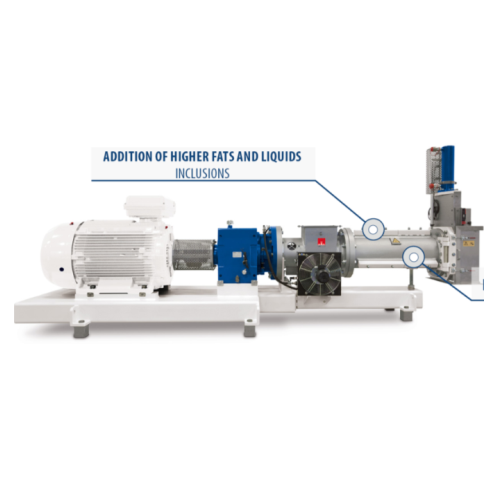
Feed expander for improved pellet mill output
Enhance your feed quality and production efficiency with a robust expander d...
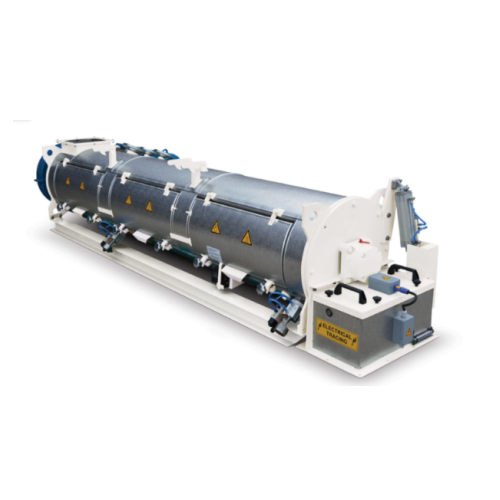
Hot start conditioner for feed and food processing
Enhance your production process with a high-efficiency thermal heating...
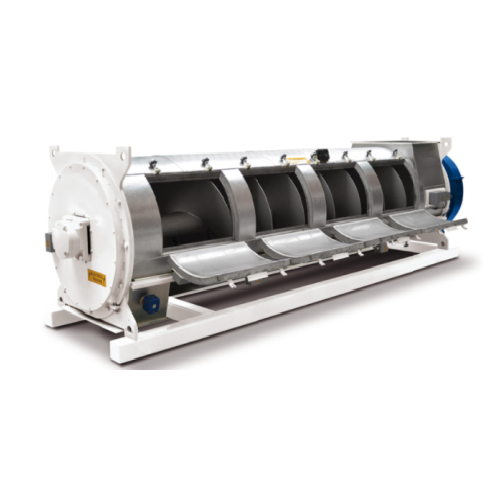
Retention time barrel for feed pelleting
Enhance your feed processing efficiency with a specialized retention time barrel, ...
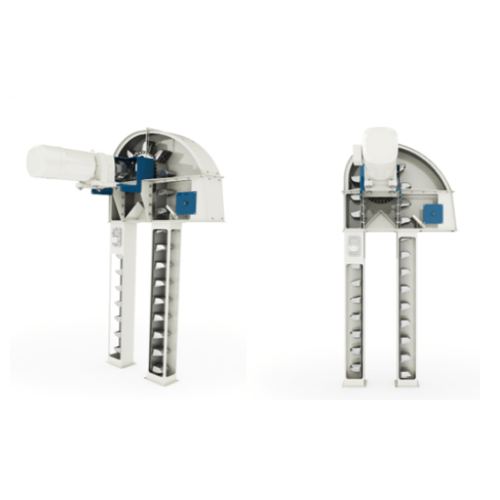
Bucket elevators for bulk material handling
Efficiently transport and discharge granular and powdered materials with preci...

Chain conveyors for long-distance bulk material transport
Efficiently transport challenging bulk materials across long d...
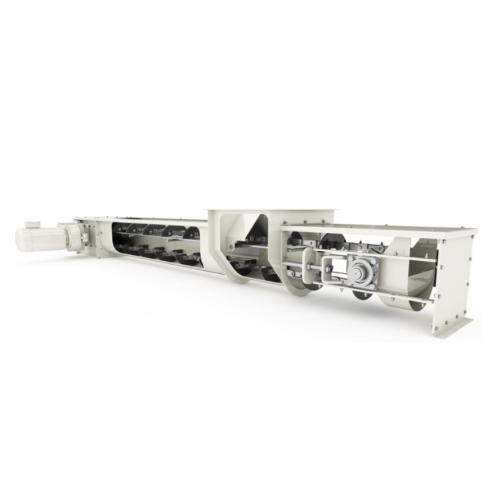
Efficient powder and granulate flight conveyors
Elevate your production efficiency with our cutting-edge flight conveyors,...
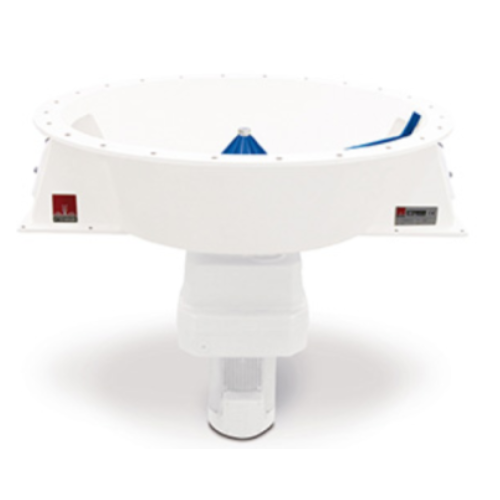
Rotary dischargers for powders and granules
Prevent production halts with this solution designed for efficient discharge o...
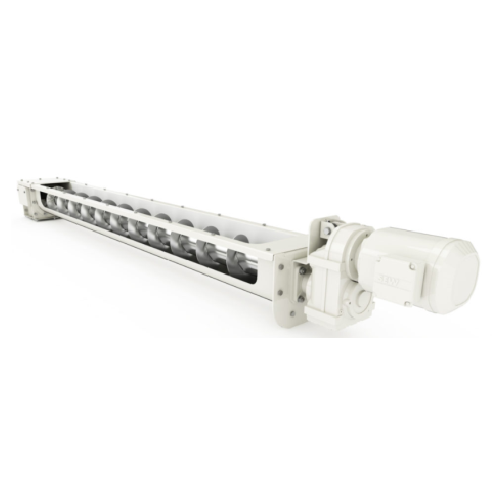
Screw conveyors for grain processing and feed mills
Optimize your production line with versatile screw conveyors, designe...
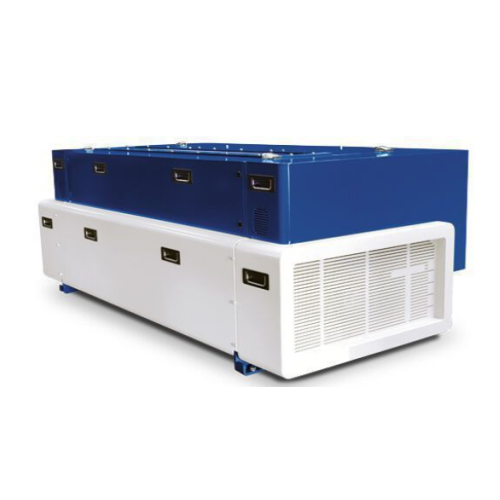
Feed pellet crumbler
Achieve precise size reduction of feed pellets with high efficiency and minimal fines, optimizing your p...
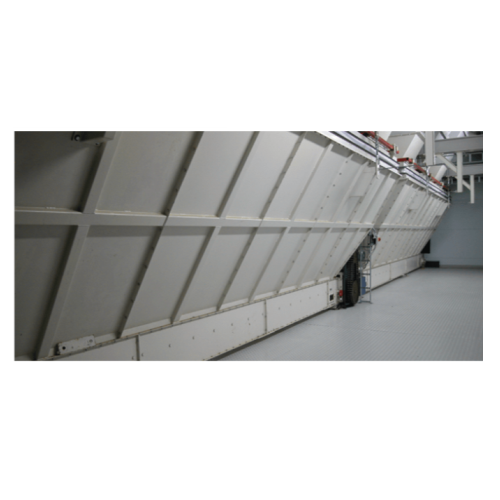
Batch weighers for large-volume powder and granulate weighing
Ensure precise ingredient dosing and streamline your produ...
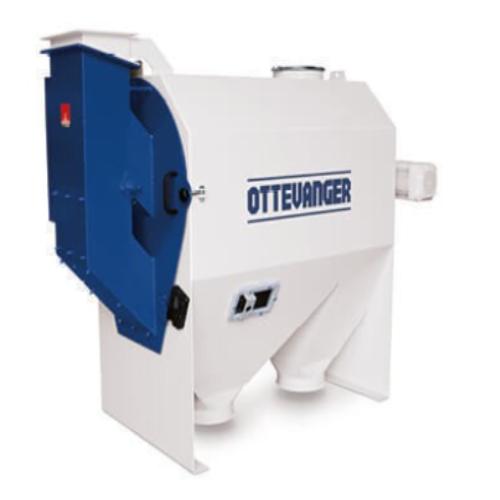
Industrial pre-cleaners for raw material safeguarding
Effectively eliminate foreign objects from your raw materials with ...
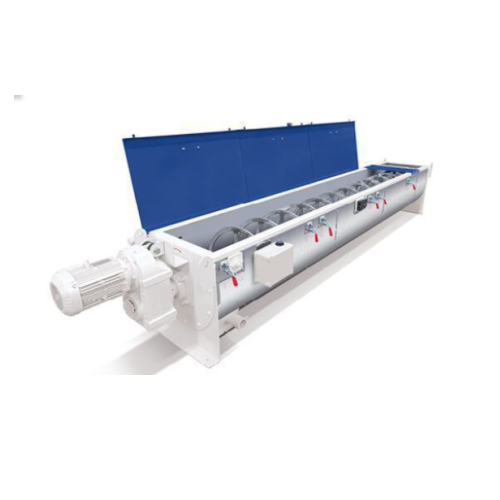
Continuous coater for pellet and extrudate liquid addition
Efficiently enhance your feed products by uniformly adding li...
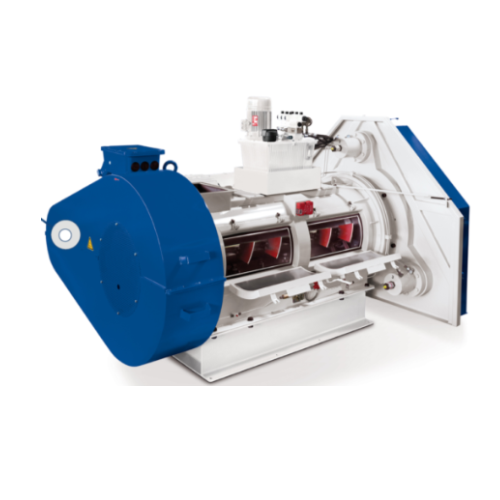
Feed mill compactor for improved pellet quality
Optimize your feed production with a compactor designed to enhance pellet ...
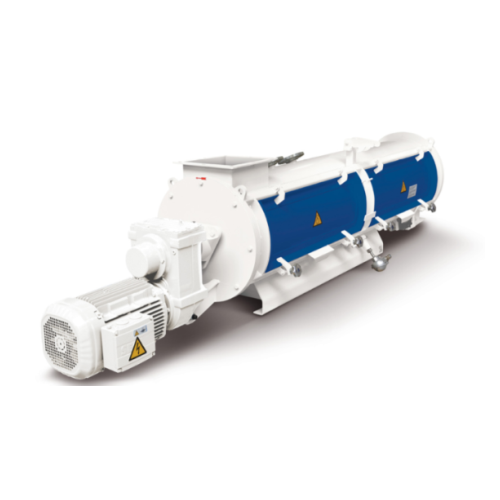
Single conditioner for feed mills
Achieve homogeneous mixing and enhanced hygiene in feed production with adjustable paddle...
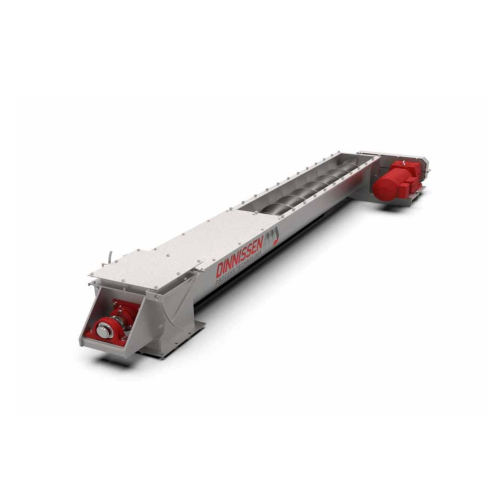
Vertical transport for bulk goods
Efficiently move bulk goods vertically with minimal energy usage, ensuring seamless integ...
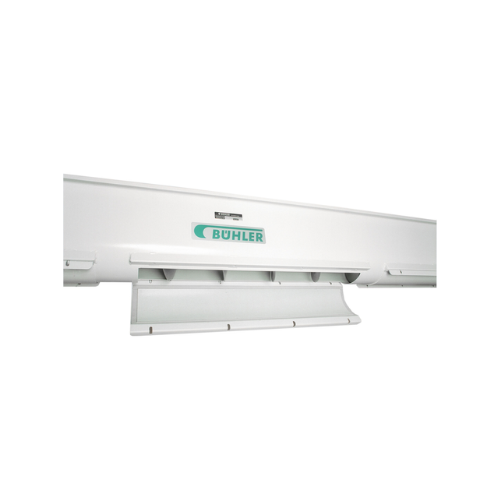
Trough screw conveyor for grain transport
Streamline your grain processing with a reliable conveyor system that ensures ef...
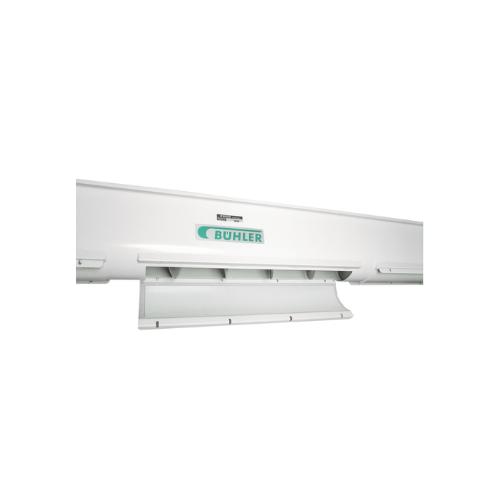
Trough screw conveyor for transporting grains
Efficiently transport and handle bulk materials like grains and flour with r...
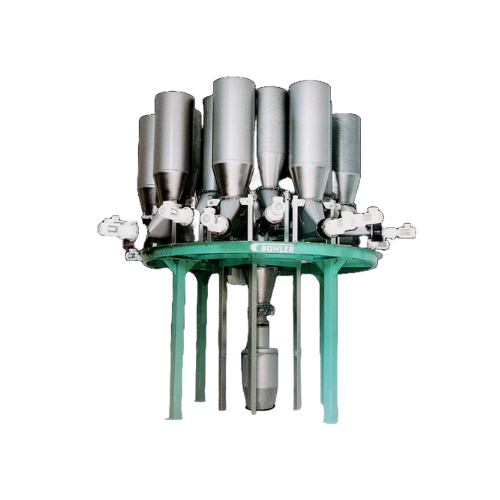
Micro-dosing system for animal feed additives
Achieve precise and consistent feed formulation with high-precision micro-do...
